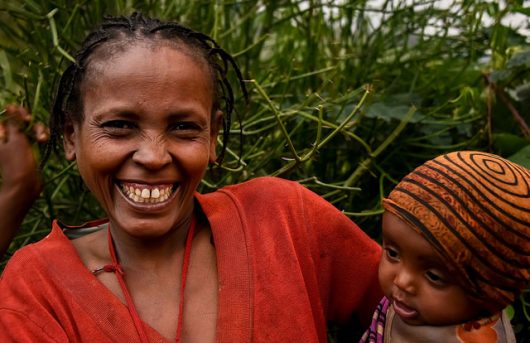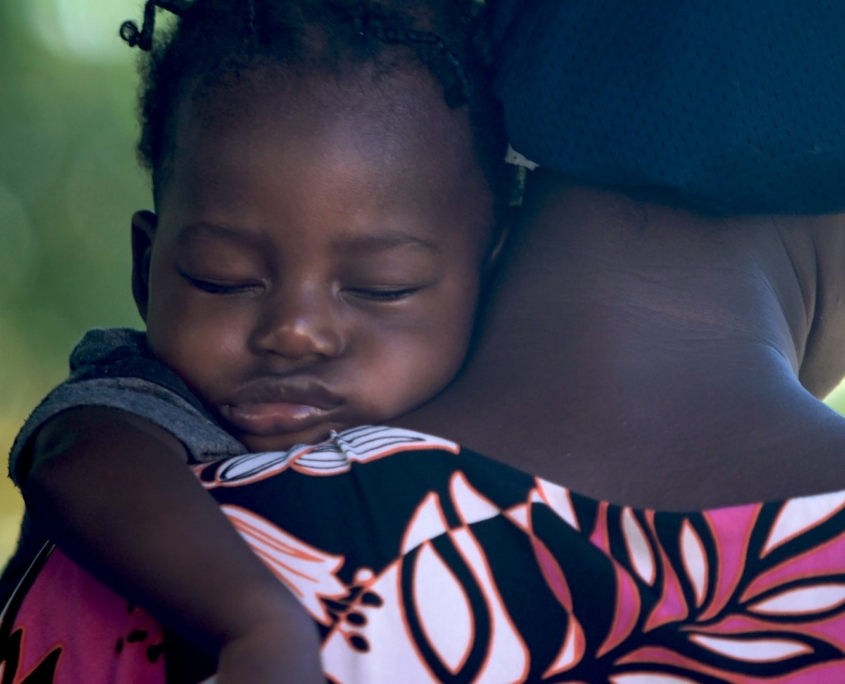 Maternal mortality rates in Liberia exceed regional averages, significantly impacting infant survival. Yet, recent years have seen a decline in these rates, from an average of 777 maternal deaths per 100,000 live births in 2000 to 652 births in 2020. An initiative like Life for African Mothers (LFAM) is helping Liberia contribute to this positive trend by providing crucial support for mothers in the country.
Maternal mortality rates in Liberia exceed regional averages, significantly impacting infant survival. Yet, recent years have seen a decline in these rates, from an average of 777 maternal deaths per 100,000 live births in 2000 to 652 births in 2020. An initiative like Life for African Mothers (LFAM) is helping Liberia contribute to this positive trend by providing crucial support for mothers in the country.
Challenges for Midwives
Midwives in Sub-Saharan Africa face severe challenges due to outdated equipment, lack of training and insufficient drugs. They struggle without the necessary tools and knowledge to save mothers’ lives during pregnancy and childbirth complications. This is where the vital support of nongovernmental organizations like LFAM becomes crucial in reducing maternal mortality rates and impacting the lives of both midwives and mothers positively.
Life for African Mothers
Since 2005, LFAM, a United Kingdom (U.K.)-based nongovernmental health organization, has been saving the lives of mothers and babies in Sub-Saharan Africa. Angela Gorman, a neonatal nurse, founded LFAM to address the region’s high maternal mortality rates. LFAM achieves its mission through various means, including distributing medication to prevent post-partum hemorrhage and conducting skill-sharing workshops to provide essential training to hundreds of midwives.
In 2007, the United Nations Population Fund (UNFPA) partnered with LFAM to support Liberia in reducing its high maternal mortality rate. Since then, LFAM has actively collaborated with four hospitals in Liberia, conducting clinical skills-sharing workshops and distributing medication to address the critical situation.
LFAM’s Impact on Liberian Communities
LFAM is helping in Liberia by training midwives and distributing maternal medication across multiple counties in Liberia. Furthermore, it has enhanced maternal health in Liberia by distributing more than $250,000 worth of medication at no cost. LFAM stands as the exclusive provider in Liberia of Misoprostol, a drug to prevent hemorrhaging. Pharmaceutical companies in the U.K. donate much of the medication with the stipulation that it be distributed free of charge.
Furthermore, LFAM collaborates with charities like IHP and Muntada Aid to secure medicine donations and finance midwifery trips. By supplying medications for childbirth complications, LFAM supports hospitals and health centers across Liberia, significantly reducing maternal mortality rates. Additionally, LFAM distributes infant clothing to underprivileged mothers. As of January 2023, it was noted that since 2016, LFAM has trained more than 500 traditional and medical midwives throughout Liberia.
LFAM facilitates visits to Liberia by clinical staff to share clinical experiences and provide additional resources to hospitals and communities. Overall LFAM is helping in Liberia, making significant contributions to maternal health care and helping lower the maternal mortality rate.
Looking Forward
The remarkable efforts of LFAM in Liberia are paving the way for a future where maternal mortality is not a foregone conclusion but a challenge to overcome. Through training midwives, distributing essential medications and fostering international partnerships, LFAM is crafting a legacy of improved health care for mothers and their infants. Moreover, this trajectory of progress promises not only healthier futures for families in Liberia but also serves as a beacon of hope for similar communities across Sub-Saharan Africa.
– Arabella Wood-Collins
Photo: Unsplash

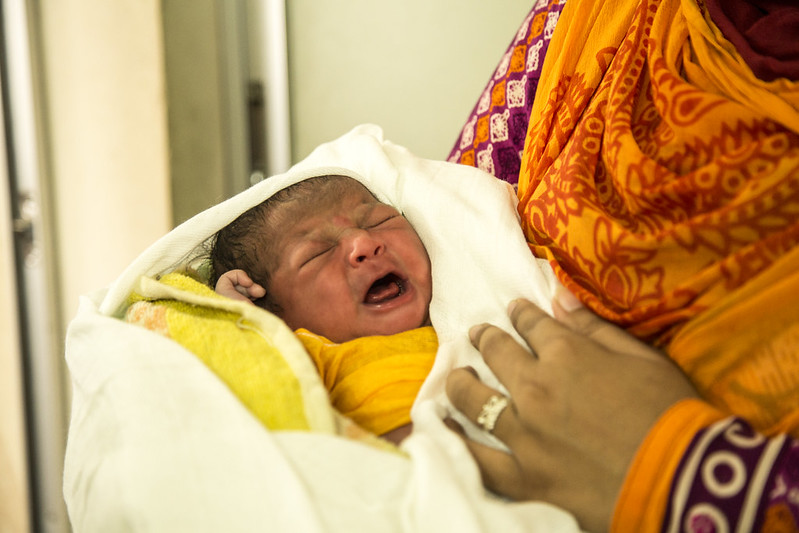
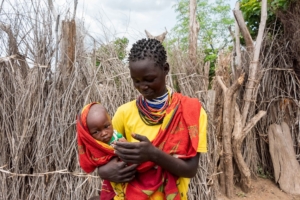 Fistula is a medical condition faced by women of every nationality, background and income level. However, these factors affect the rate at which women encounter fistula. Although income level is the largest determinant, nationality is also highly influential in countries where women have limited economic opportunities. However, recent developments are providing hope for women with fistula.
Fistula is a medical condition faced by women of every nationality, background and income level. However, these factors affect the rate at which women encounter fistula. Although income level is the largest determinant, nationality is also highly influential in countries where women have limited economic opportunities. However, recent developments are providing hope for women with fistula.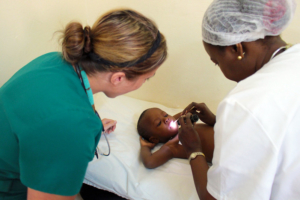 The country of Senegal has made major strides over the past 10 years for access and care in women’s reproductive and maternal health. Here are some initiatives and four recent centers that have opened to provide women with reproductive healthcare in Senegal in both rural and urban settings.
The country of Senegal has made major strides over the past 10 years for access and care in women’s reproductive and maternal health. Here are some initiatives and four recent centers that have opened to provide women with reproductive healthcare in Senegal in both rural and urban settings.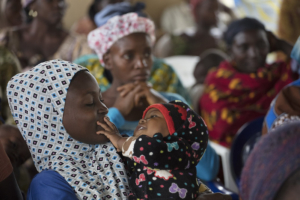 Marie Stopes International Nigeria recently
Marie Stopes International Nigeria recently 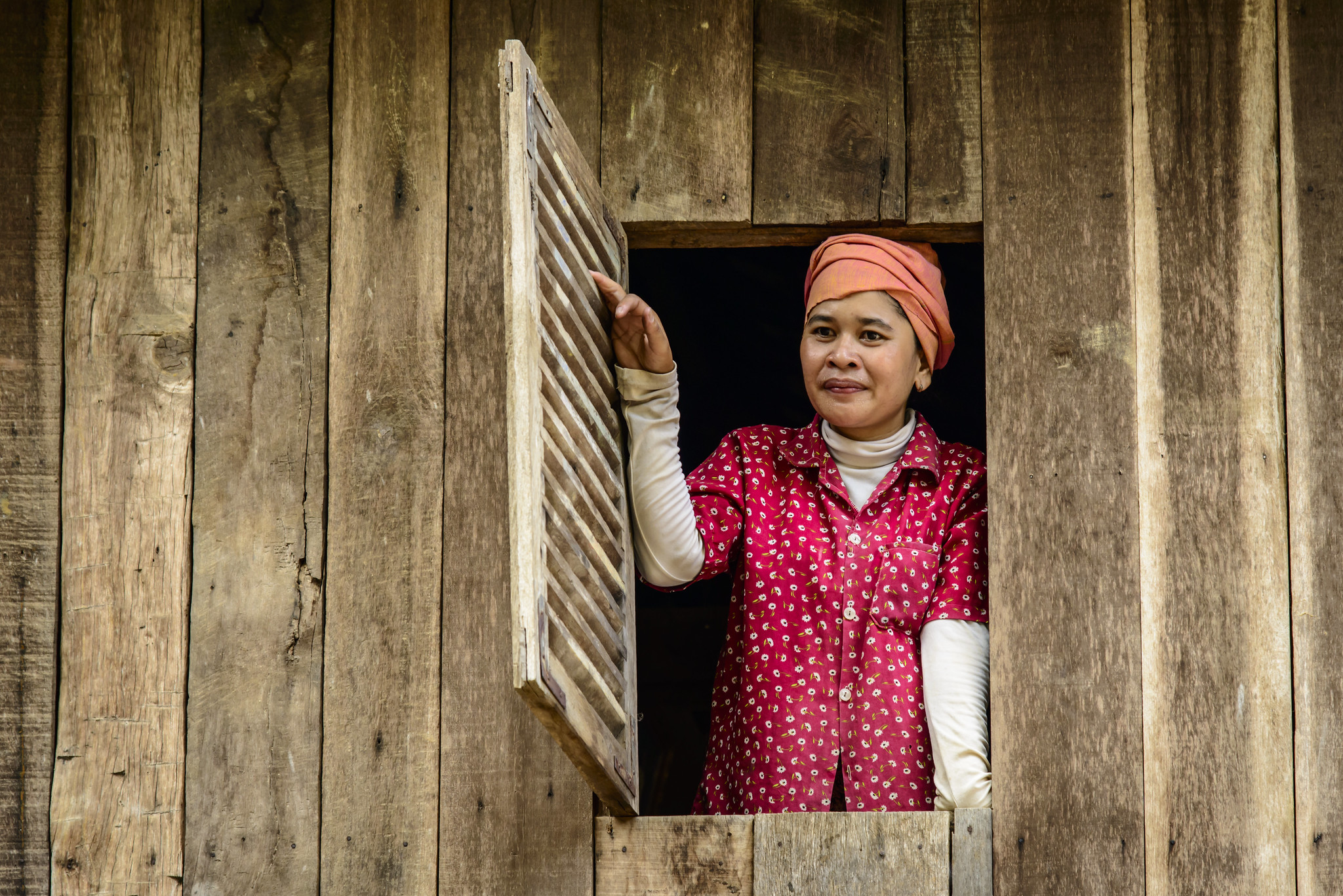 The Southeast Asian nation of
The Southeast Asian nation of 